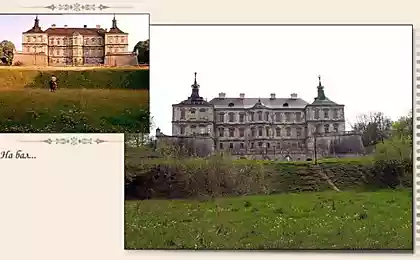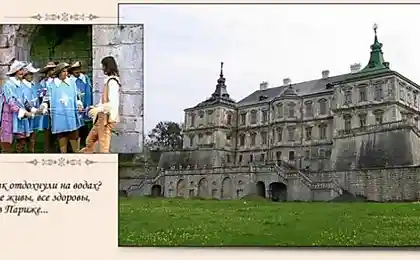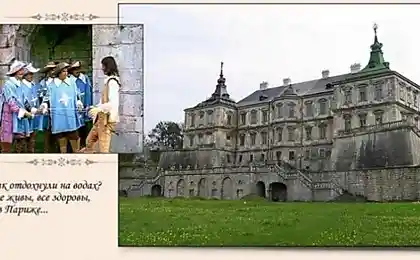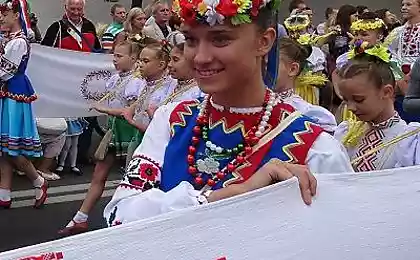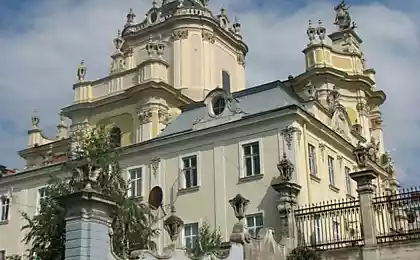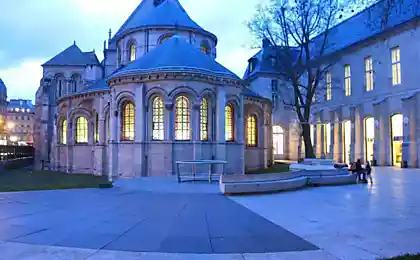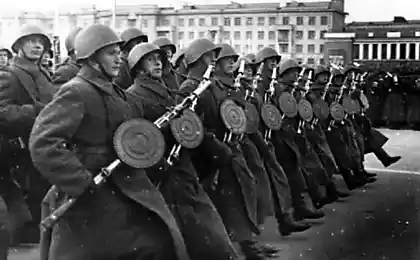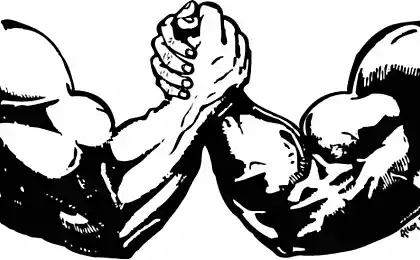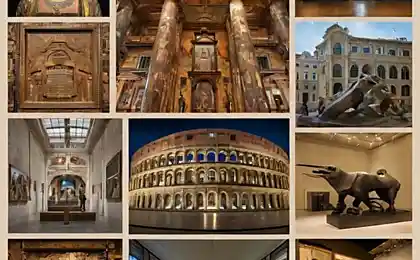439
The Bandinelli Palace-postal Museum
The Bandinelli Palace — an architectural monument of the late Renaissance in Lviv. The house was built in the late XVI century (в1593). In the beginning of XVII century merchant from Florence (Italy) Roberto Bandinelli received Lviv citizenship, bought this house and started here the classic mail of the European sample. That's the name of the merchant house called now.
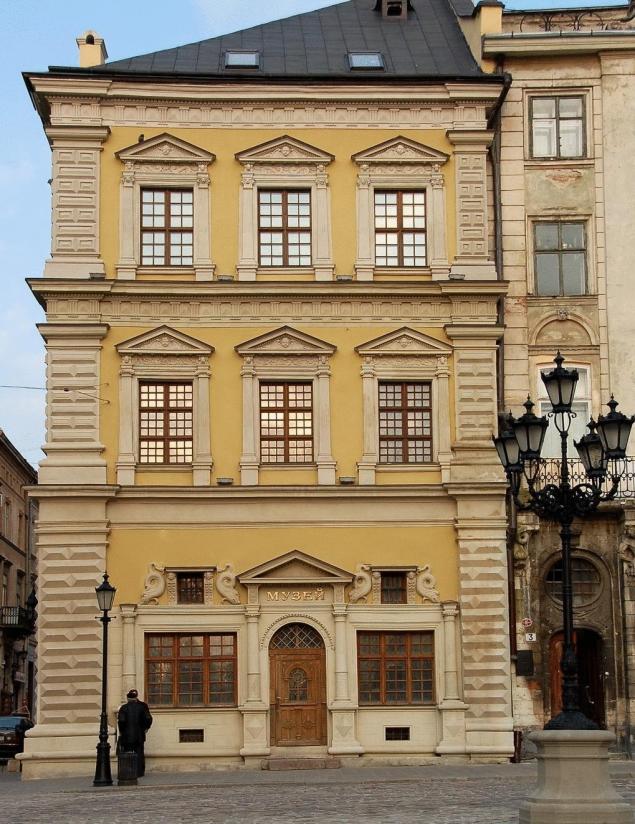
In 1629 Polish king Sigismund III granted Bandinelli the privilege of maintenance of the regular Royal post and the title of the Royal post-master. Lvov could every Saturday to send and receive letters from all over Europe, but these services were extremely expensive. Sending only six grams of correspondence, such as in gdańsk, was the daily wage of skilled craftsman. Paper was heavy in those times and soon the Lviv Council refused such expensive services. Bandinelli had invested in this business a lot of money, and in fact the actions of the Council ruined him.

The building was rebuilt in the years 1737-1739. The main entrance was moved to the Opera house. Was rebuilt the lower tier of the main facade. On door and window decorations remained elements of white-stone carving. Original left portal and window, framed by the dolphins. Dolphins depicted by chance — they were designed to help the building owner in trade Affairs and to protect it from danger.

In the NINETEENTH century, it housed a bookstore K. vil, a kind of club of the Lviv intelligentsia. Immediately at this time lived a famous Polish poet K. Waski. Thanks to the drawings that have survived from those times, restored to the style of the room, and even furniture design. Now here are the different exposure.
Source: /users/155

In 1629 Polish king Sigismund III granted Bandinelli the privilege of maintenance of the regular Royal post and the title of the Royal post-master. Lvov could every Saturday to send and receive letters from all over Europe, but these services were extremely expensive. Sending only six grams of correspondence, such as in gdańsk, was the daily wage of skilled craftsman. Paper was heavy in those times and soon the Lviv Council refused such expensive services. Bandinelli had invested in this business a lot of money, and in fact the actions of the Council ruined him.

The building was rebuilt in the years 1737-1739. The main entrance was moved to the Opera house. Was rebuilt the lower tier of the main facade. On door and window decorations remained elements of white-stone carving. Original left portal and window, framed by the dolphins. Dolphins depicted by chance — they were designed to help the building owner in trade Affairs and to protect it from danger.

In the NINETEENTH century, it housed a bookstore K. vil, a kind of club of the Lviv intelligentsia. Immediately at this time lived a famous Polish poet K. Waski. Thanks to the drawings that have survived from those times, restored to the style of the room, and even furniture design. Now here are the different exposure.
Source: /users/155
